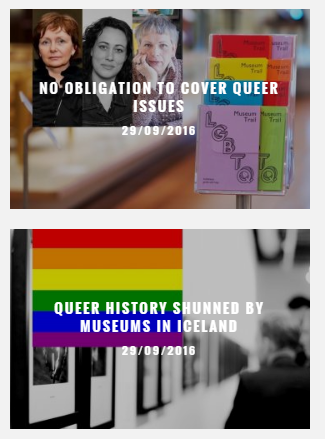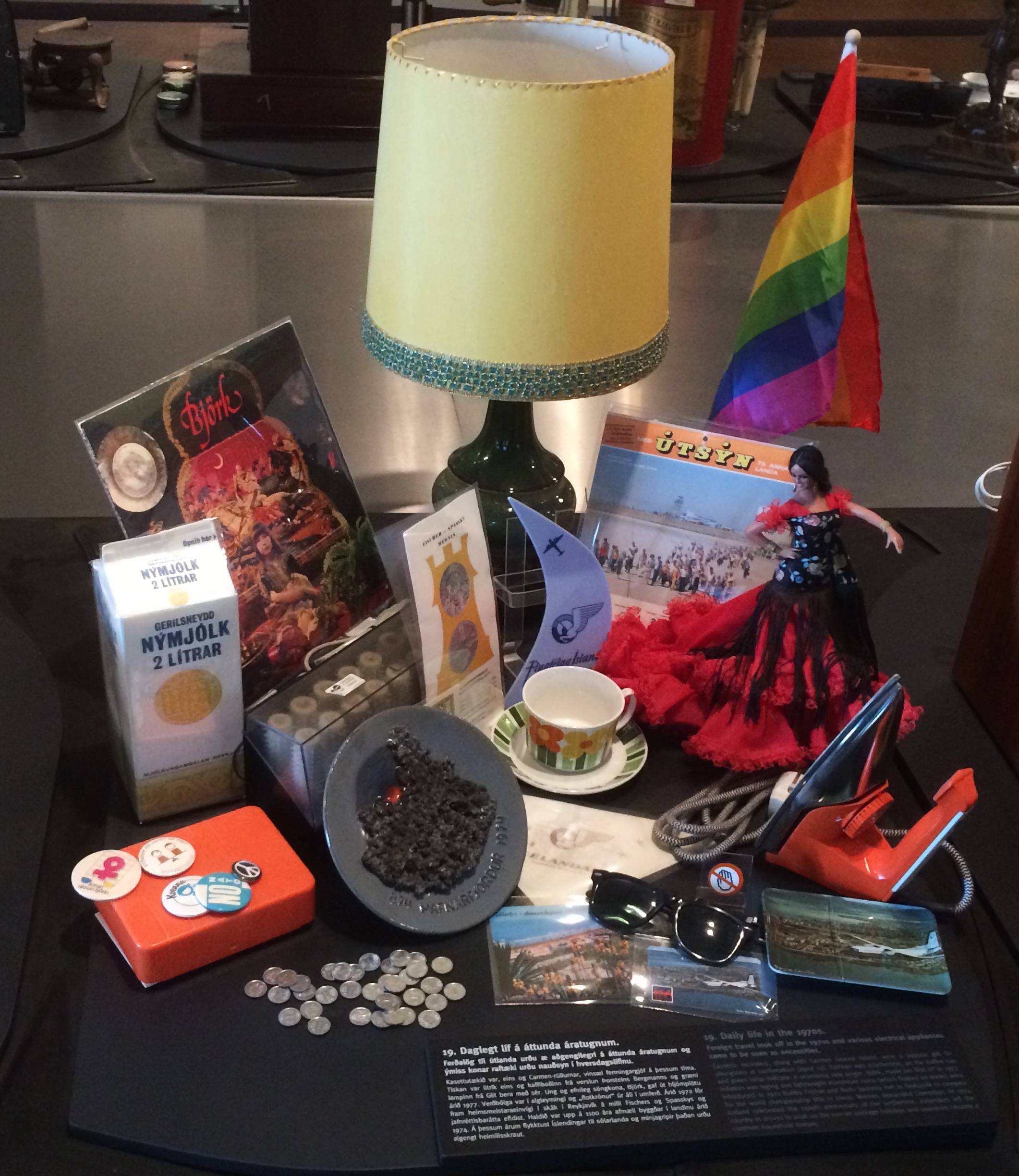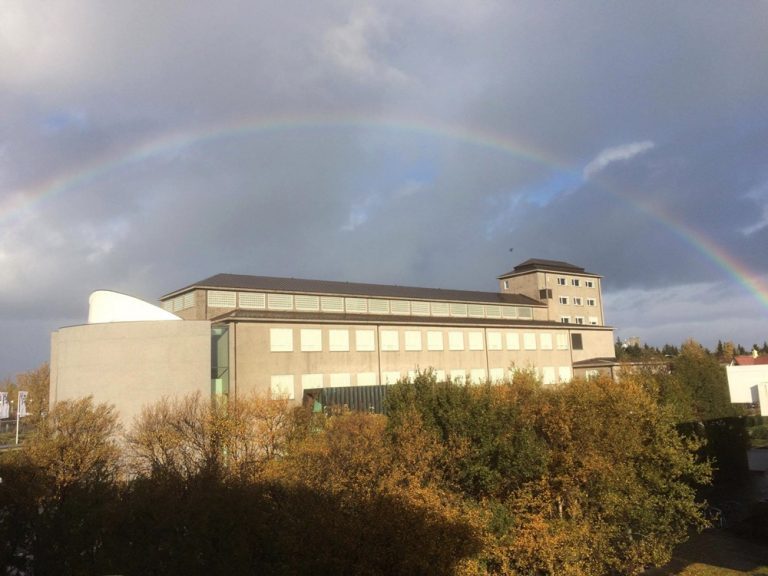The absence of queer history in museum exhibitions in Iceland has more to do with the shortage of research in the field of queer history and thoughtlessness, rather than with any unwillingness on behalf of museum curators to present what material there is, says a specialist at the National Museum of Iceland in an open letter to GayIceland, following a heated debate on the matter.

I would like to write a few notes on the interview with Dr. Magnús Gestsson “Queer history shunned by museum in Iceland”. First of all I would like to welcome the discussion on museums and their role in modern society. It‘s a subject that has been on the mind of museum workers and museologists for quite some time, but it is something a much broader audience should have a say in, since museums are not only dusty institutions for nerds – they collect, manage and present the history of our society; they are our collective memory.
Museum workers, both in Iceland and internationally, are becoming more and more aware of the lack of diversity in museums. It‘s a problem that seeps through the whole sector, starting with the research being done and ending in the points of view being expressed in exhibitions. Even museum workers themselves tend to be a rather homogeneous group – we all know the stereotype of the ruffled professor with his scrolls and artifacts.
I would argue that the absence of queer history in Icelandic museum exhibitions has more to do with the shortage of research in the field of queer history and thoughtlessness, rather than with any unwillingness on behalf of museum curators to present what material there is.
“Museum workers, both in Iceland and internationally, are becoming more and more aware of the lack of diversity in museums. It‘s a problem that seeps through the whole sector, starting with the research being done and ending in the points of view being expressed in exhibitions.”
The National Museum of Iceland‘s main exhibition was opened in 2004 after a total refurbishment of the museum. The modernized museum was very aware of new ideas like accessibility, not only physical but also in the way information is brought to the guest, be it through text, multimedia or hands-on exhibits.
But still – this was twelve years ago, and today our ideas on accessibility have changed. They do not only relate to how things are presented, but also from what standpoint and for what reason. It is good to ask questions as to why and how things are portrayed the way they are in the museum‘s current exhibitions.

Personally I agree with the curator of the temporary exhibition „A woman‘s place…“ not to mention the fact that former prime minister Jóhanna Sigurðardóttir is gay.
The exhibition‘s aim was to examine the working lives of Icelandic women from 1915-2015. Jóhanna Sigurðardóttir was mentioned there first and foremost as a politician and woman‘s rights activist – her sexuality doesn‘t seem to be relevant to me in this connection, no less and no more than the sexuality of other women mentioned in the exhibition.
As a matter of fact, I think it would take away from her and the focus of the exhibition to reduce her down to merely her sexuality. It is not a question of denial, homophobia or forgetfulness.
I would like to see parts of that exhibition and other temporary exhibitions being incorporated into the museum‘s permanent exhibition. In that way the permanent exhibition would keep getting more aspects to it, giving voice to ever more groups in society.
A big exhibition like the permanent exhibition in the National Museum, is not something that can be changed in the blink of an eye. It takes time. But given time, I‘m sure the Icelandic museums as a whole and the National Museum in particular will give way to other points of view, making queer history more visible along with many other aspects of society that traditionally go silent.
Note: The opinions, beliefs and viewpoints expressed by the various authors and forum participants on www.gayiceland.is do not necessarily reflect the opinions, beliefs and viewpoints of the editorial staff of www.gayiceland.is or official policies of the editorial staff.


